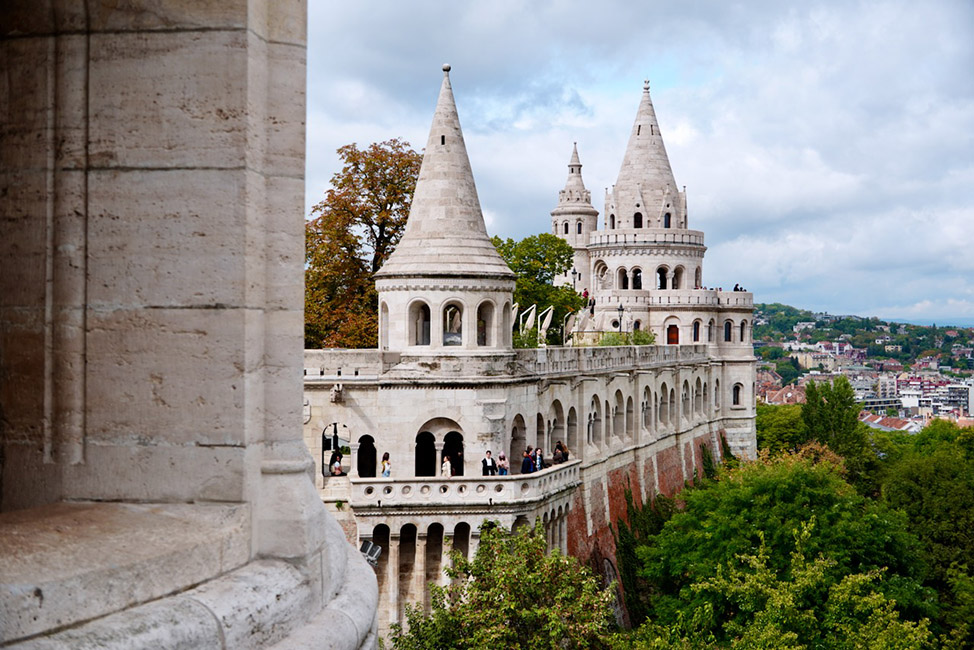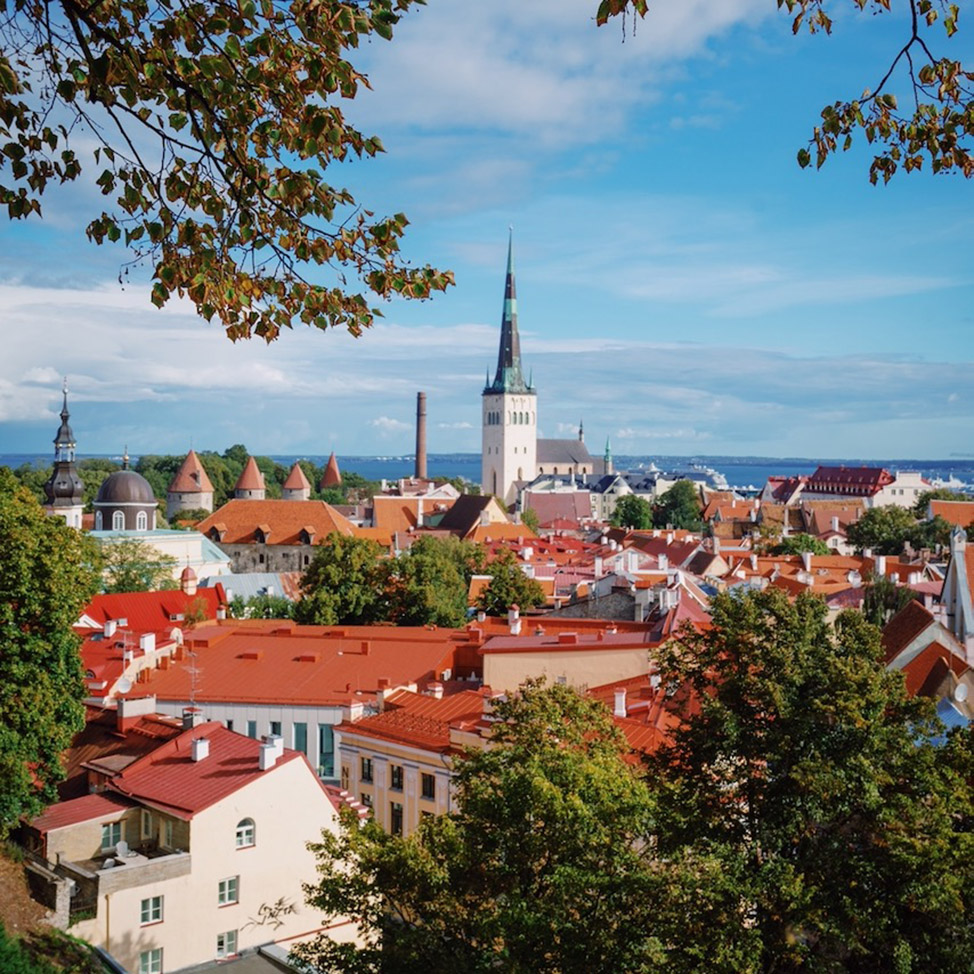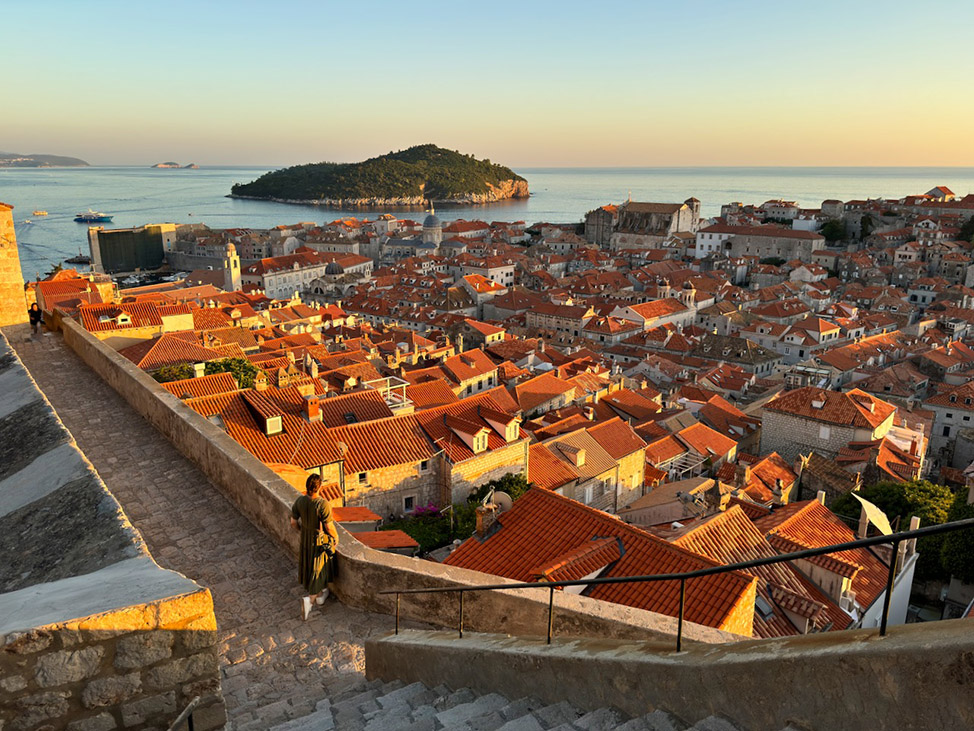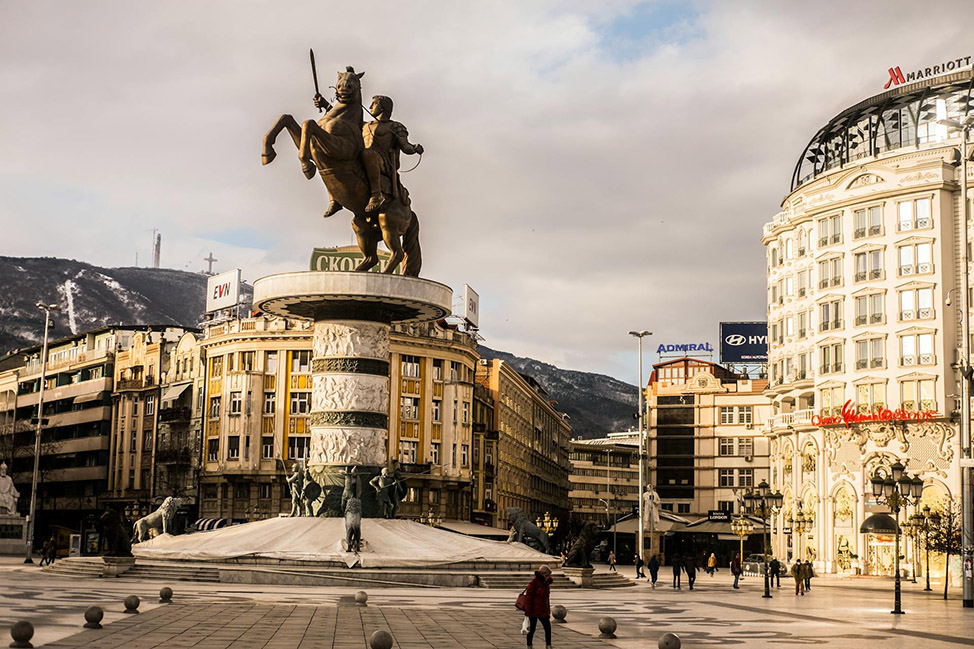While London, Paris, Rome, and Amsterdam are recognized as some of the most popular cities to explore in Western Europe, Eastern European cities are often overlooked. However, many of these cities are equally beautiful and packed with activities and attractions. In this post, I’ll highlight ten cities in Eastern Europe that are definitely worth a visit.
I have visited several of these cities and thoroughly enjoyed each experience, as reflected in the images included in this article. The places I have not yet explored, such as Krakow, Ljubljana, Riga, Brasov, Sofia, and Skopje, are on my travel wish list for the future!
Table of Contents
- Eastern European Cities I’ve Visited
- Prague
- Budapest
- Tallinn
- Dubrovnik
- Eastern European Cities I Wish to Visit
- Krakow
- Ljubljana
- Riga
- Brasov
- Sofia
- Skopje
- What Eastern European Cities Would You Like to Visit?
Eastern European Cities I’ve Visited
Prague
Prague is the most visited city on this list, attracting approximately 6.8 million visitors each year. The Czech capital is often considered a ‘central European’ city due to its historical connection between the east and west. Known as ‘the city of a hundred spires,’ it boasts an array of stunning Gothic churches and towers. Key attractions include Prague Castle, Charles Bridge, St. Vitus Cathedral, and the Astronomical Clock, a historic timekeeper located at the Old Town Hall. Additionally, Prague is recognized as one of Europe’s great beer capitals and a center for classical music, having hosted composers like Mozart. While the Old Town is the most popular area for tourists, you may find more affordable accommodations elsewhere in the city.

Budapest
Budapest, the capital of Hungary, was historically two separate cities—Buda and Pest—on either side of the Danube River before merging into one. With a rich history and a lively nightlife, Budapest offers something for every kind of traveler. Unique attractions include its famous thermal baths, underground caves, ruin bars, and impressive memorials. Iconic sights such as Fisherman’s Bastion, the Hungarian Parliament Building, and St. Stephen’s Basilica draw many visitors. You can often find affordable weekend getaway packages that include flights and centrally located hotels. Luggage drop-off points around the city make it convenient to explore Budapest right after you arrive.

Tallinn
Estonia’s capital, Tallinn, is rapidly gaining a reputation as one of Europe’s most beautiful and intriguing cities. The well-preserved walled Old Town feels like a journey back to the Middle Ages, complemented by modern structures such as the 314-meter Tallinn TV Tower. The city features numerous fascinating museums, like the KGB Museum and the immersive Maritime Museum, along with vibrant street art in the Telliskivi Creative City. For accommodations, consider staying in the Old Town to be near many attractions at relatively low prices—this is a rarity in larger cities.

Dubrovnik
The coastal city of Dubrovnik in Croatia is famous for its winding limestone medieval streets, pebbled sandy beaches along the Adriatic Sea, and vibrant nightlife that lasts from dusk till dawn. Fans of the series Game of Thrones may recognize it as the filming location for King’s Landing, and various guided tours explore those areas. Music lovers might consider visiting during the Dubrovnik Summer Festival, which features diverse events from opera to jazz. Within Dubrovnik, three notable neighborhoods for accommodations are Old Town, Pile, and Ploce, each offering a variety of options for visitors.
Eastern European Cities I Wish to Visit
Krakow
Poland is home to many beautiful cities, but Krakow is undoubtedly one of the most charming. This fairy-tale city is characterized by its cobblestone streets, where you can enjoy horse and carriage rides at night or dine outdoors at traditional Polish eateries. The main square is particularly noteworthy, featuring unique structures including Cloth Hall and the sculpture Eros Bendato, often hosting events and performances. Krakow is also near significant Holocaust sites like Auschwitz-Birkenau and Schindler’s factory, along with the Wieliczka Salt Mine. For the best experience, locals often recommend staying in either the Miasto or Kazimierz districts, which are close to the main attractions.
Ljubljana
Ljubljana, the largest city in Slovenia, offers a delightful blend of attractions, from the charming riverside cafes along Cankarjevo walkway to the artistic street installations in Metelkova. Although it’s the largest city, Ljubljana is quite manageable due to its smaller size, promoting a relaxed atmosphere with plenty of green spaces. In 2016, it was awarded the European Green Capital Award. Be sure to explore its various bridges and take a funicular ride up to Ljubljana Castle for breathtaking views. There are numerous affordable accommodations throughout the city, making it easy to remain within walking distance of all attractions and amenities.
Riga
Riga, the capital of Latvia, is celebrated for its stunning art nouveau architecture and burgeoning culinary scene. The city features one of the largest indoor food markets in Europe, located in five former zeppelin hangars. Other highlights include a 3,500-year-old oak tree and the picturesque ‘Three Brothers’ buildings. Numerous museums throughout Riga focus on the city’s medieval and Cold War past, alongside a vibrant array of bars and restaurants to explore. To find the best accommodations, consider staying in Riga’s Old Town, where you’ll be close to many key attractions—all at reasonable prices compared to other European cities.
Brasov
Situated in the Carpathian Mountains of Romania’s Transylvanian region, Brasov is known for its remarkable historic architecture, including Catherine’s Gate and the Black Church. It’s located near Bran Castle (often referred to as Dracula’s castle), which is linked to the infamous ruler Vlad the Impaler and the fictional Count Dracula. Alongside its rich history, Brasov boasts a variety of restaurants and easy access to natural attractions, like brown bear spotting and mountain climbing. Accommodation options are generally budget-friendly throughout the city. For more details, check out this Brasov travel guide for tips on where to stay.
Sofia
The capital of Bulgaria, Sofia, is home to colorful cathedrals and picturesque waterfalls, offering plenty to discover. Its most iconic landmark, Alexander Nevsky Cathedral, is a neo-Byzantine Orthodox church and one of the largest Christian structures globally. Other notable sights include Boyana Church and the National Palace of Culture. Rich in history, Sofia has been ruled by various factions, including the Thracians, Bulgars, Byzantines, Ottomans, and the Soviet Union. Various museums, like the Regional Museum of Sofia and the National Museum of History, narrate the city’s storied past. Don’t miss the St. Sophia Church catacombs and the Bankya thermal baths, located nearby. The popular tourist districts of Lozenets and Vitosha offer a range of accommodations to fit different budgets.

Skopje Photo by Tamas Marton
Skopje
Skopje is the capital of North Macedonia, and it’s a city that remains largely unknown to many travelers—an unfortunate oversight, as it’s a truly unique destination. The city boasts over 284 statues, alongside elegant neoclassical architecture. A rich mix of churches and mosques, including the Church of St. Panteleimon and Mustafa Pasha Mosque reflect its diverse Christian and Muslim heritage. Other attractions include the memorial house of Mother Teresa, Skopje Fortress, and the iconic Stone Bridge. Affordable hotels and hostels can be easily found throughout the city; you can compare them online to find the best options (be sure to check out this guide to the best hotels in Skopje).
Which Eastern European Cities Would You Like to Visit?
Feel free to share your thoughts in the comments!
This post about 10 Eastern European Cities You Must Visit was first published on Kirsten Alana.



